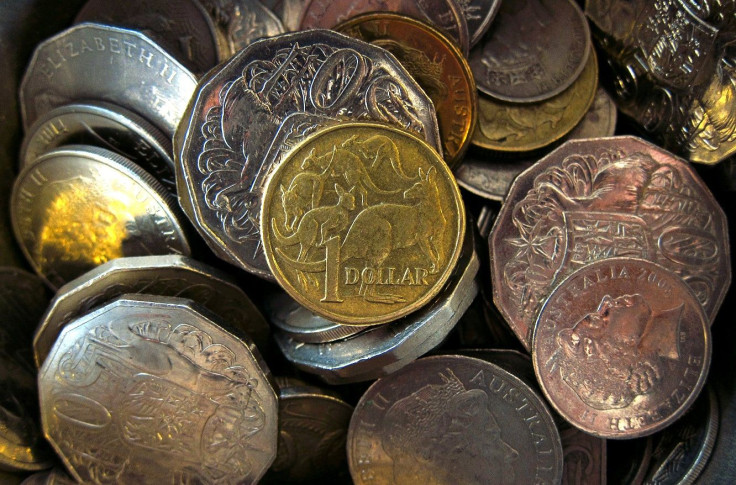Unions, businesses not happy with FWC’s 2.4% minimum wage hike in Australia
Australia increases minimum wage

The 2.4 percent increase in minimum wage in Australia didn’t make anyone happy. The Fair Work Commission ruled on Tuesday that Australian workers should receive a pay rise of 41 cents per hour or $15.80 per week.
The FWC has determined that the national minimum wage will be $672.80 per week or $17.70 per hour from July 1. It has cited economic conditions in which the relative living standards of low-paid workers have deteriorated over the past decade. The hike in the minimum wage also aims to reduce the gender pay gap in the country.
“Despite some recent improvement in the relative living standards of minimum wage reliant employees, the relative position of low-paid workers has deteriorated over the past decade. Many low-paid workers live in households with low or very low disposable incomes. Around two-thirds of low-paid employees are found within the bottom half of the distribution of employee households and have lower living standards than other employees. Some low-paid award-reliant employee households have household incomes which place them below the poverty line,” the FWC decision reads.
“Women continue to be over-represented among the award-reliant and the low-paid. It follows, and we accept, that increases in minimum wages can provide some assistance in addressing the gender pay gap.”
Although the wage hike was welcome, it was not as warmly received as expected. Australian Council of Trade Unions secretary Dave Oliver said the 2.4 percent increase is not enough for 1.86 million lowest paid Australians. The unions argued for a $30 a week increase, almost double the approved hike.
“We are disappointed in the missed opportunity to truly narrow the gap between the minimum wage and average earnings – now would have been the ideal time to lift the minimum wage,” Oliver said in a statement.
“While inflation is currently 1.3 percent and the minimum wages rise is 2.4 percent, this gap will be blown away in the event of a returned Liberal Government that will bring increased costs to workers for essential health care and education. And if penalty rates are cut, workers will fall even further behind.”
Innes Willox, chief executive of the employers’ organisation Australian Industry Group, was also not happy with the FWC’s decision, but for a different reason. He said the 2.4 percent increase is “out of step with record low wage outcomes across the economy and very low inflation.”
“The increase will put upwards pressure on wages. It will be a significant impost on businesses at a time when the economic and business environment is difficult, risky and uncertain,” the Ai Group chief said.
He was pleased, however, that even though the 2.4 percent is higher than the 1.6 percent increase the Ai Group proposed, it is significantly lower than the ACTU’s $30 per week proposal.
Australian Chamber of Commerce and Industry CEO James Pearson was disappointed as well, saying the hike meant a “heavier burden for employers operating in an economy in transition.”
The ACCI sought an increase of 1.2 percent, or $7.90 per week.






